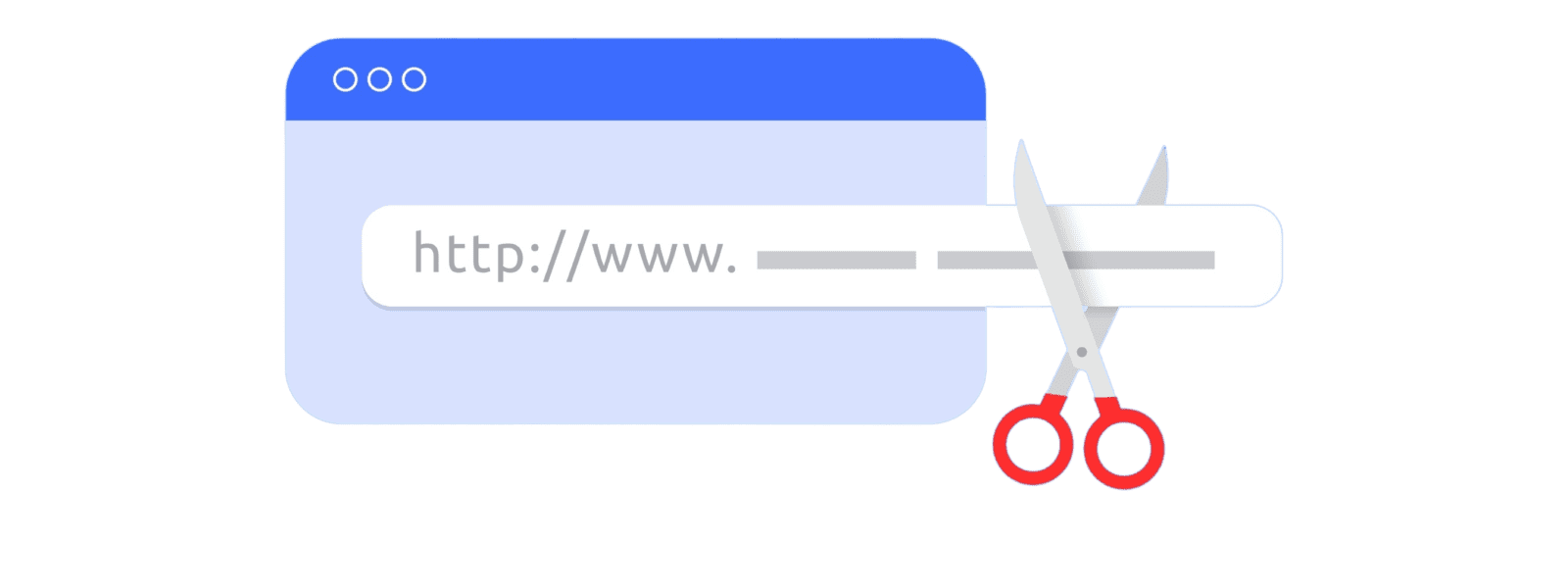
What is content pruning and how can it help you?

Adding long-form content often seems like the thing to do to refresh your site. However, this isn’t always the case. It’s only natural that you’ll want to switch up your site sometimes in an effort to improve SEO performance. You might be pleased to know that removing content can also work. This is what’s called ‘content pruning’.
Now we’re not saying go wild and axe lots of content from your site, but in certain cases, removing underperforming pages can significantly help rankings. Think of your site like a plant- sometimes, you might need to add water to help its growth. But it might be that removing a dead branch or two does the trick and is exactly what the plant needs. While that’s a simplified approach, in this blog we explore content pruning in depth. Let’s get into it!
Trimming your content: the key benefits

Content pruning lets you remove those pages on your site that are low-quality, low-relevance, and not ranking very well. While it has a few risks if not done correctly, there are still many key benefits to consider. Let’s take a look at them:
Improved ranking
Low-quality pages could be harming your overall rankings. After all, Google sees your site as a network, and domain authority is often determined based on the relevance and usefulness of your site. So, if some pages aren’t relevant, this could be dragging down your overall rank position.
Pruning these pages then refines your site to high-quality, helpful content that is optimised for user experience and search intent. You want Google to think the best of your site so you get a high ranking in the SERPs, and removing harmful pages will do just that.
Better user experience
The user journey becomes much smoother when unhelpful pages are removed. They can find exactly what they are looking for instead of encountering content that doesn’t help with their query.
These irrelevant pages could be complicating matters for someone who visits your site, carrying the risk of an increased bounce rate as they seek to find their information elsewhere. After all, the people you’re trying to appeal to are target users, so they should be central to your site and deserve a smooth experience.
Helps with crawling and indexing
As sites have a crawl budget, axing pages that don’t contribute positively makes better use of this limited budget. Google will crawl and index the pages that actually matter instead of those that are irrelevant.
For a page to show up in the SERPs, it has to be crawled first and then indexed. You want your highest-quality content to be the pages that Google pays attention to. By content pruning, you get rid of all the nonsense Google would’ve had to get through to see the most important pages.
How to implement content pruning

Now you know the benefits of implementing content pruning, we can help you get started with this process. Let’s have a look at some of the key things you should be doing:
Identify and gather data
Get familiar with what’s on your site through things like a sitemap, or CMS (content management systems). From here, you can then gather the relevant data about the content. You need to know how it performs, and you can see this through metrics like:
Tools like Google Analytics can help gather this information, and analysing content in this way helps you determine which pages should be pruned. You can perform an accurate evaluation with this data as it tells you all you need to know.
Optimise, consolidate, or delete
Now it’s decision time. You have all your data, and you’ve evaluated your content…what next? Well, there are a few ways you can approach it. You could optimise the existing content, consolidate similar content onto one page, or simply delete it if you feel it can’t be saved.
You can optimise your content by updating it with recent information and just generally improving it with SEO techniques. Or, to get rid of things like duplicate content, you can consolidate your pages onto one main page instead of having multiple that all cover basically the same topic.
However, if none of these things can be done and the content is a lost cause, it’s best just to say goodbye and press ‘delete’. This could be the most beneficial option for improving your overall SEO.

Shona Worsman
Senior Content Manager
Monitor before and after
Compare previous performance with how your site performs after the pruning has taken place. That way, you can see if it was an effective decision to make. The data doesn’t have to be extensive as it can be hard to know if changes are because of the pruning, but if there are positive changes that are clearly down to the content pruning, then you know it’s paid off.
Want help with your content pruning?
Content pruning is most common for larger sites and can be exactly what they need if their page is littered with various outdated pages. It helps generate an improved user experience, increases your ranking position, and establishes your site as helpful and authoritative.
Want help with your content pruning? We’ve got you. Our content team at Embryo understands the impact of high-quality content on your overall SEO performance, and we want your site to rank as highly as possible. Feel free to get in touch- our expert team will be happy to help!